

In a world marked by constant change and unprecedented challenges, food security and child nutrition have emerged as a fundamental concern that transcends borders and socioeconomic divides. The nexus between food security and child nutrition in India presents a complex and multifaceted challenge. This interconnection is not merely an issue of ensuring an adequate food supply but involves a comprehensive understanding of accessibility, affordability, and nutritional quality.
Despite its agricultural richness, India grapples with persistent challenges in achieving food security for its vast population. The country has a third of all malnourished children globally. While the nation has made commendable progress in increasing food production, unequal distribution, storage losses, and inadequate infrastructure prevent its citizens from accessing a nutritious and balanced diet. The impact of these challenges is acutely felt among vulnerable populations, particularly children, whose nutritional needs are crucial for physical and cognitive development.
The Indian Government has made significant progress in addressing child malnutrition through the Integrated Child Development Services (ICDS) programme, initiated in 1975 to improve public health. ICDS focuses on the holistic development of children below six years of age and aims to improve their nutritional status. Through this programme, the Government provides young children with supplementary nutrition, immunisation, and regular health check-ups to effectively combat malnutrition and ensure their overall well-being.
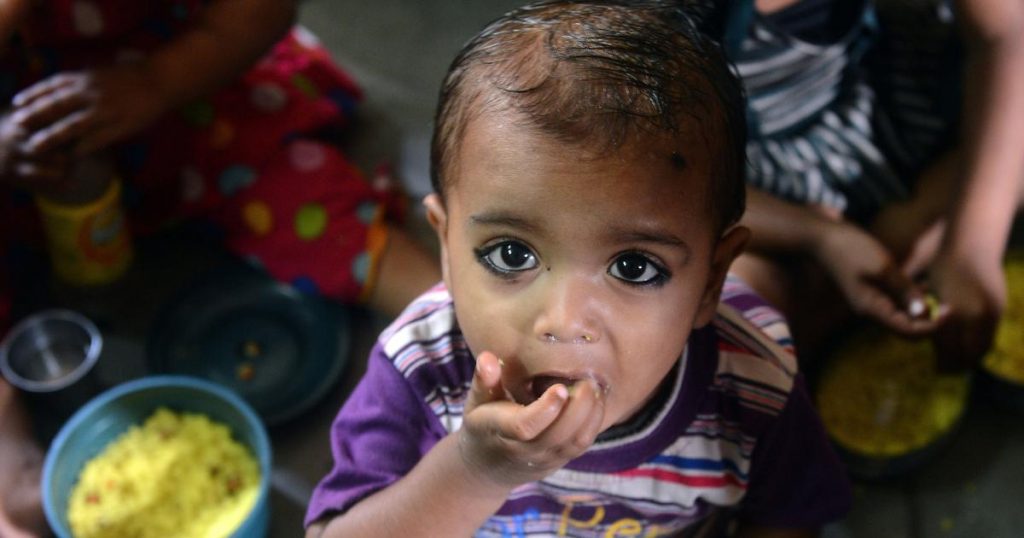 Child nutrition, a cornerstone of human development, is intricately linked to food security. Malnutrition among children jeopardises their immediate health and has long-term implications for the nation’s productivity and socioeconomic growth. The manifestation of malnutrition in various forms, including stunting, wasting, and underweight, reflects the complex interplay of factors such as inadequate dietary diversity, poor sanitation, and limited access to healthcare.
Child nutrition, a cornerstone of human development, is intricately linked to food security. Malnutrition among children jeopardises their immediate health and has long-term implications for the nation’s productivity and socioeconomic growth. The manifestation of malnutrition in various forms, including stunting, wasting, and underweight, reflects the complex interplay of factors such as inadequate dietary diversity, poor sanitation, and limited access to healthcare.
Government initiatives against child malnutrition
The Indian Government has made significant progress in addressing child malnutrition through the Integrated Child Development Services (ICDS) programme, initiated in 1975 to improve public health. ICDS focuses on the holistic development of children below six years of age and aims to improve their nutritional status. Through this programme, the Government provides young children with supplementary nutrition, immunisation, and regular health check-ups to effectively combat malnutrition and ensure their overall well-being.
Child malnutrition persists as a formidable challenge in India despite the implementation of various government initiatives. Their effectiveness is hindered by several persistent challenges, with one of the most pressing issues being the stark and uneven distribution of resources and healthcare infrastructure across different regions of the country. This geographical disparity disproportionately affects rural areas, where a significant portion of the population resides, leading to inadequate access to essential services such as healthcare facilities, nutritious food, and educational resources. The consequences of this imbalance exacerbate the prevalence of child malnutrition, particularly in marginalised communities that struggle to benefit from government interventions.
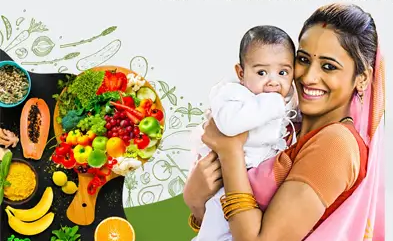 In 2018, the Government launched the National Nutrition Mission or Poshan Abhiyan. This mission represents a multi-ministerial convergence initiative with the specific goal of addressing malnutrition in a targeted and time-bound manner. It strongly emphasises community involvement and leverages technology for real-time monitoring of nutrition-related interventions. By engaging communities and employing technology, the programme seeks to enhance the effectiveness and efficiency of the interventions, ensuring that they reach those who need them most.
In 2018, the Government launched the National Nutrition Mission or Poshan Abhiyan. This mission represents a multi-ministerial convergence initiative with the specific goal of addressing malnutrition in a targeted and time-bound manner. It strongly emphasises community involvement and leverages technology for real-time monitoring of nutrition-related interventions. By engaging communities and employing technology, the programme seeks to enhance the effectiveness and efficiency of the interventions, ensuring that they reach those who need them most.
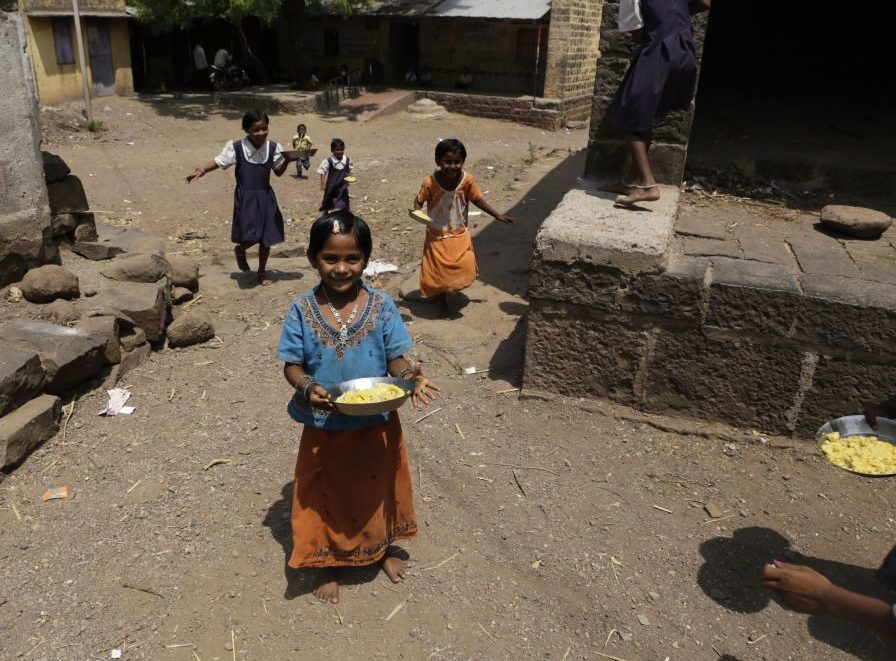 Another pivotal government intervention is the Midday Meal Scheme, which began in 1995. This programme is designed to improve the nutritional status of school-going children by providing free meals to students in primary and upper-primary classes. Beyond the immediate goal of enhancing nutrition, the Midday Meal Scheme also serves as an incentive for regular school attendance, contributing to the broader objectives of education and overall child development.
Another pivotal government intervention is the Midday Meal Scheme, which began in 1995. This programme is designed to improve the nutritional status of school-going children by providing free meals to students in primary and upper-primary classes. Beyond the immediate goal of enhancing nutrition, the Midday Meal Scheme also serves as an incentive for regular school attendance, contributing to the broader objectives of education and overall child development.
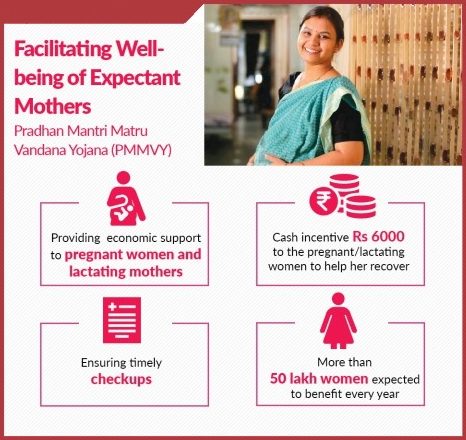 The Pradhan Mantri Matru Vandana Yojana (PMMVY) is a crucial initiative that addresses the nutritional needs of pregnant and lactating women. Launched to provide financial assistance and support during the critical stages of motherhood, PMMVY indirectly contributes to improving child nutrition by ensuring that mothers receive the necessary nutrition and healthcare support.
The Pradhan Mantri Matru Vandana Yojana (PMMVY) is a crucial initiative that addresses the nutritional needs of pregnant and lactating women. Launched to provide financial assistance and support during the critical stages of motherhood, PMMVY indirectly contributes to improving child nutrition by ensuring that mothers receive the necessary nutrition and healthcare support.
All these programmes collectively aim to create a robust framework that addresses immediate nutritional concerns and promotes the well-being and development of children and mothers.
Shortcomings in tackling child malnutrition despite various government schemes
Child malnutrition persists as a formidable challenge in India despite the implementation of various government initiatives. Their effectiveness is hindered by several persistent challenges, with one of the most pressing issues being the stark and uneven distribution of resources and healthcare infrastructure across different regions of the country. This geographical disparity disproportionately affects rural areas, where a significant portion of the population resides, leading to inadequate access to essential services such as healthcare facilities, nutritious food, and educational resources. The consequences of this imbalance exacerbate the prevalence of child malnutrition, particularly in marginalised communities that struggle to benefit from government interventions.
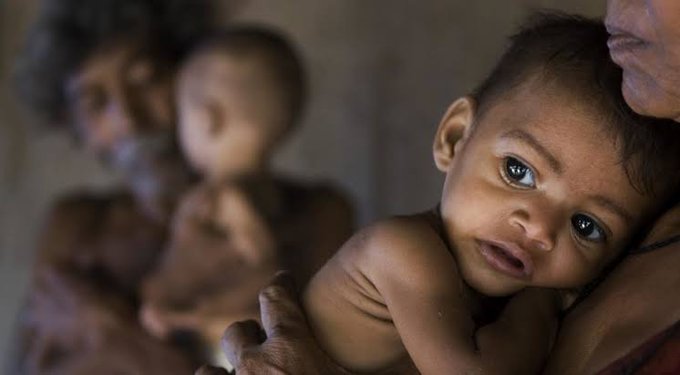
The significance of media-driven awareness campaigns lies in their potential to transcend geographical barriers and reach diverse audiences. Crafting engaging and culturally relevant content is essential to convey the importance of proper nutrition. By utilising various media platforms, these campaigns not only educate but also inspire positive behavioural changes within communities, empowering them to make informed choices regarding the health and well-being of their children.
A multifaceted approach is crucial to address the complex issue of child malnutrition. Drawing upon my background in journalism and international studies, I envision spearheading targeted awareness campaigns utilising various media channels, including my experience in television and radio. This initiative would disseminate vital information on proper nutrition and healthcare practices, addressing the critical need for knowledge in rural and economically disadvantaged areas.
The significance of media-driven awareness campaigns lies in their potential to transcend geographical barriers and reach diverse audiences. Crafting engaging and culturally relevant content is essential to convey the importance of proper nutrition. By utilising various media platforms, these campaigns not only educate but also inspire positive behavioural changes within communities, empowering them to make informed choices regarding the health and well-being of their children.
Addressing child malnutrition is not just about spreading information; it requires a comprehensive understanding of the social and cultural factors that contribute to its persistence. Long-standing traditions, beliefs, and gender norms significantly impact diet habits and access to resources. A culturally sensitive approach is necessary to overcome these deeply ingrained practices which involve community leaders and influencers in promoting positive changes.
However, addressing child malnutrition goes beyond disseminating information; it requires a deep understanding of the social and cultural factors that contribute to its persistence. Deep-rooted traditions, beliefs, and gender norms significantly influence dietary habits and access to resources. Overcoming these ingrained practices demands a nuanced and culturally sensitive approach that involves community leaders and influencers in advocating for positive changes.
Engaging directly with local communities is paramount. By understanding their specific challenges, interventions can be tailored to be effective and culturally relevant. Collaborating with community leaders and influencers helps bridge the gap between external interventions and local realities. This approach fosters a sense of ownership within the community, making sustainable changes in attitudes and practices related to child nutrition more likely.
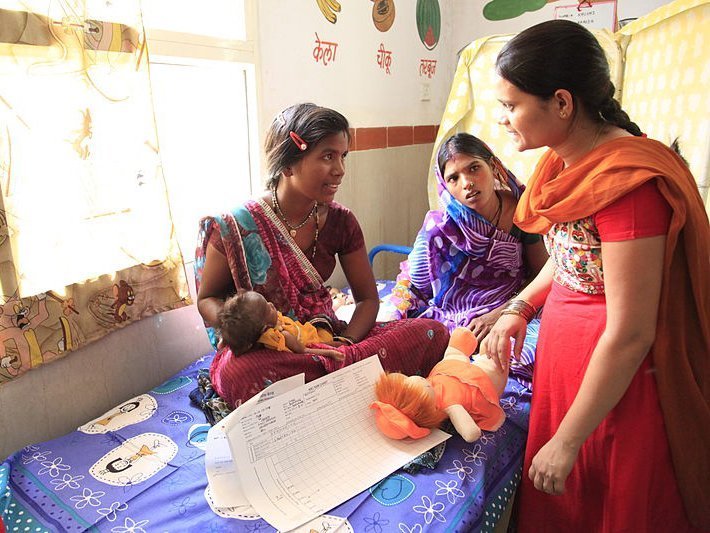
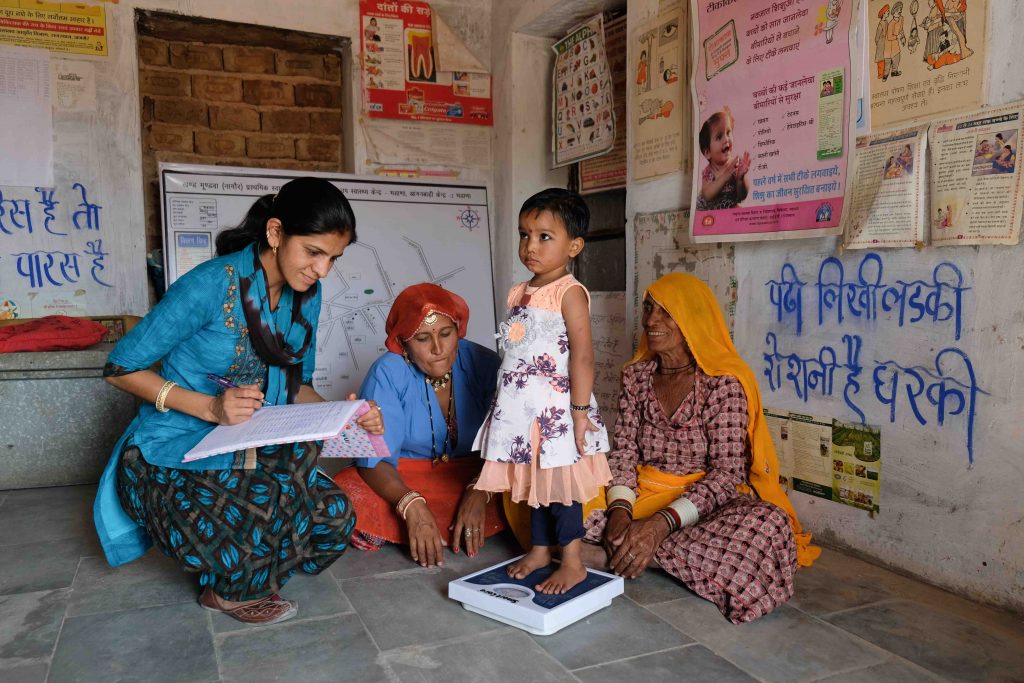
It is crucial to recognise and address the interconnected nature of these challenges if we want to combat child malnutrition. While media-driven awareness campaigns can provide valuable information, they must be complemented by on-the-ground efforts that empathise and respect the diverse social and cultural contexts within which they operate. By combining these approaches, there is a greater likelihood of achieving meaningful and sustainable improvements in child nutrition, particularly in underserved rural and economically disadvantaged areas of India.
Partnerships play a pivotal role in the battle against child malnutrition. Collaboration among government agencies, non-governmental organisations (NGOs), the private sector, and local communities is instrumental. This multi-stakeholder approach acknowledges that each entity brings unique strengths and leverages collective expertise for a more impactful outcome. Governments set policies, NGOs provide grassroots insights, the private sector offers innovation, and communities bring context-specific knowledge.
What can we do to overcome these challenges?
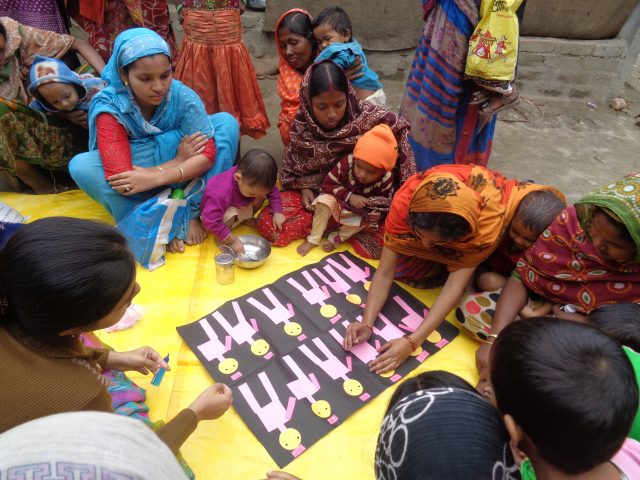 In the relentless fight against child malnutrition, visionary leadership, diverse skills, and an unwavering commitment to social impact are indispensable pillars. A comprehensive strategy is crucial to surmount the multifaceted challenges that hinder child nutrition efforts. This demands meticulous planning, transparent monitoring, and efficient resource allocation to bolster execution.
In the relentless fight against child malnutrition, visionary leadership, diverse skills, and an unwavering commitment to social impact are indispensable pillars. A comprehensive strategy is crucial to surmount the multifaceted challenges that hinder child nutrition efforts. This demands meticulous planning, transparent monitoring, and efficient resource allocation to bolster execution.
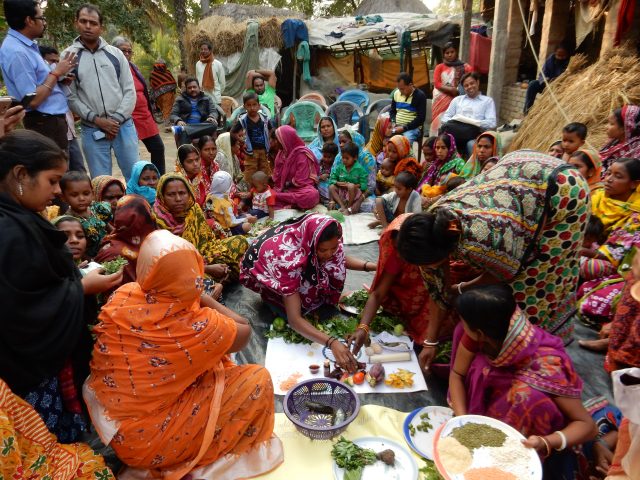 Critical to this strategy is the development of robust infrastructure, which extends beyond physical facilities to encompass a holistic approach addressing cultural barriers and fostering active community engagement. Recognising that diverse regions and communities have unique challenges, tailoring interventions to local contexts becomes paramount for enhanced penetration and effectiveness.
Critical to this strategy is the development of robust infrastructure, which extends beyond physical facilities to encompass a holistic approach addressing cultural barriers and fostering active community engagement. Recognising that diverse regions and communities have unique challenges, tailoring interventions to local contexts becomes paramount for enhanced penetration and effectiveness.
Partnerships play a pivotal role in the battle against child malnutrition. Collaboration among government agencies, non-governmental organisations (NGOs), the private sector, and local communities is instrumental. This multi-stakeholder approach acknowledges that each entity brings unique strengths and leverages collective expertise for a more impactful outcome. Governments set policies, NGOs provide grassroots insights, the private sector offers innovation, and communities bring context-specific knowledge.
Regular evaluations are imperative in this dynamic landscape. Strategic adjustments based on real-time feedback ensure the adaptability of interventions to the evolving needs of the communities. This commitment to flexibility is complemented by an unwavering dedication to long-term sustainability, recognising that the journey toward improved child nutrition is a marathon rather than a sprint.

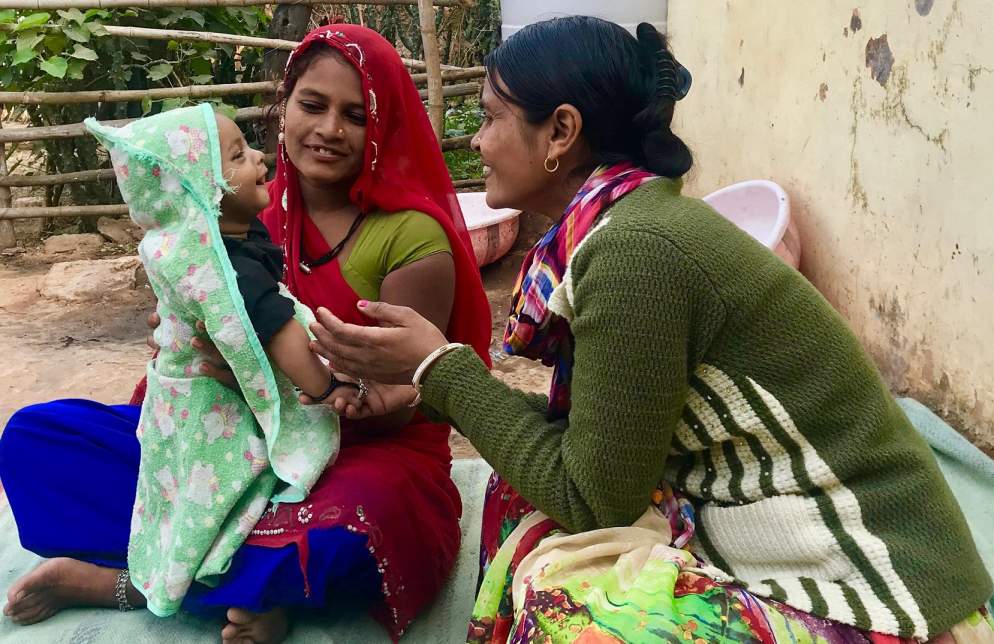
Ultimately, the vision for a healthier and more prosperous future for the children of India hinges on the synergy of these efforts. Through visionary leadership, diverse skills, and a steadfast commitment to social impact, we can pave the way for tangible progress in the battle against child malnutrition. By fostering collaboration, transparent monitoring, and strategic adjustments, we lay the foundation for a brighter future where every child in our nation can thrive and fulfil their potential.

